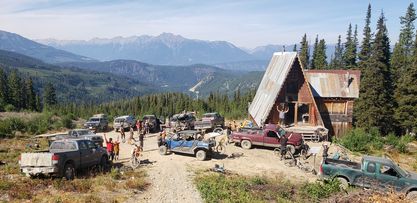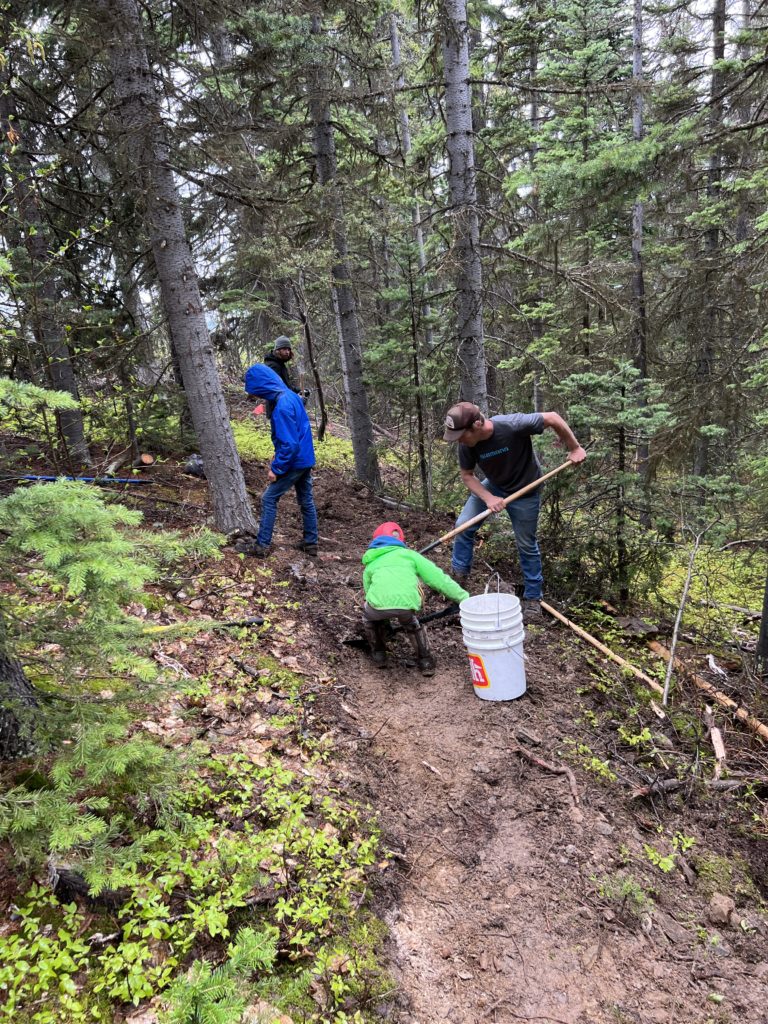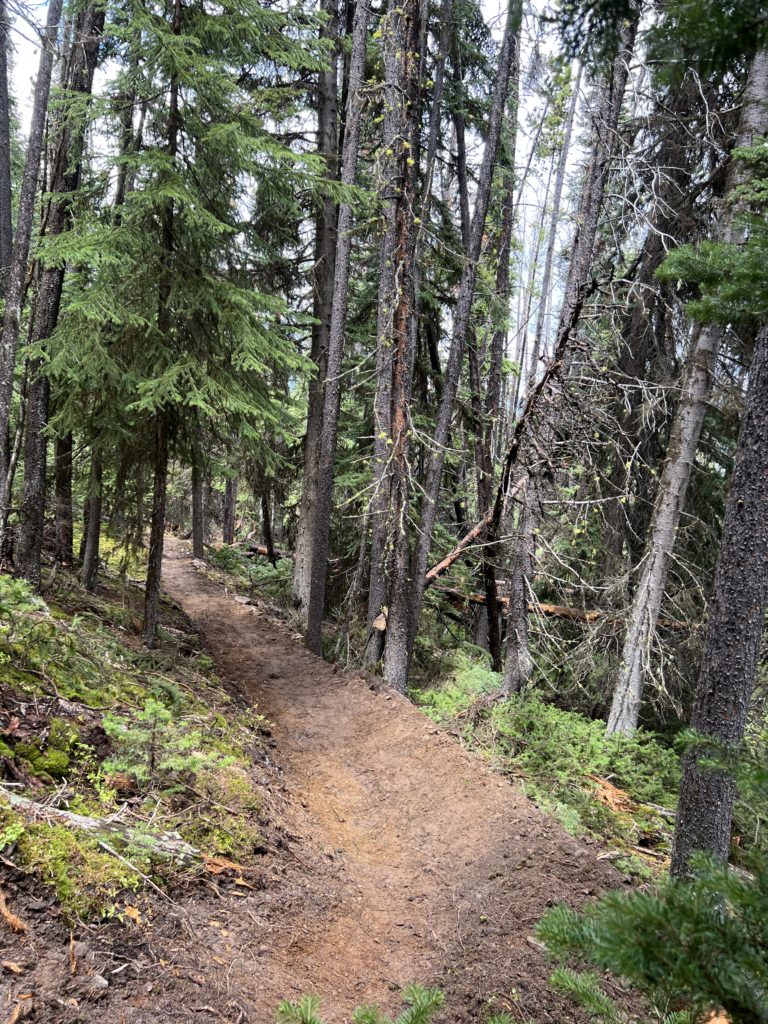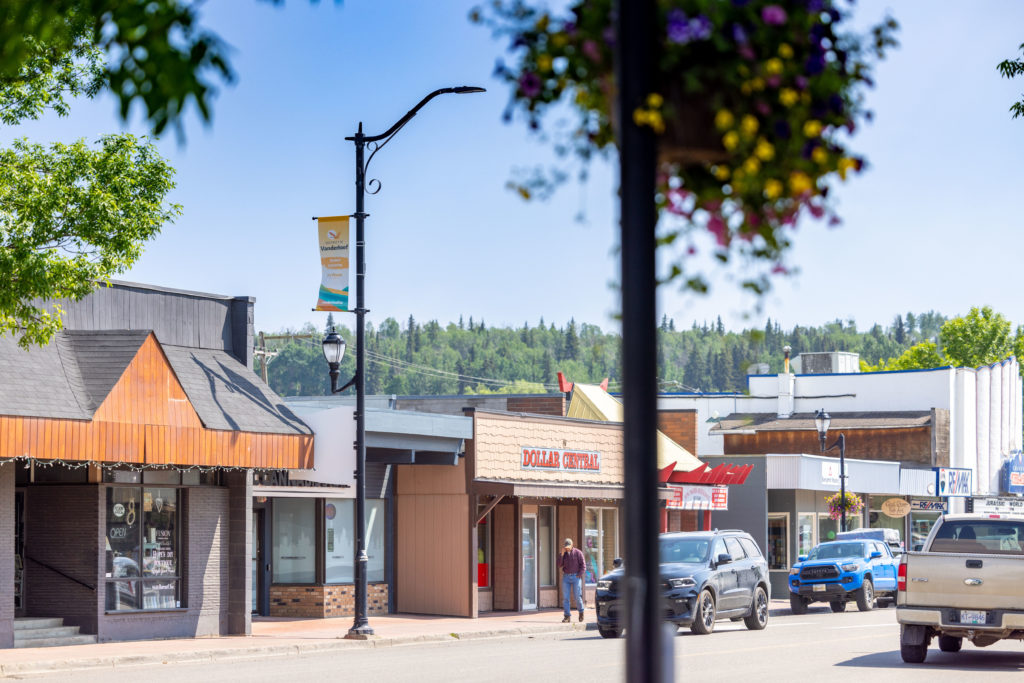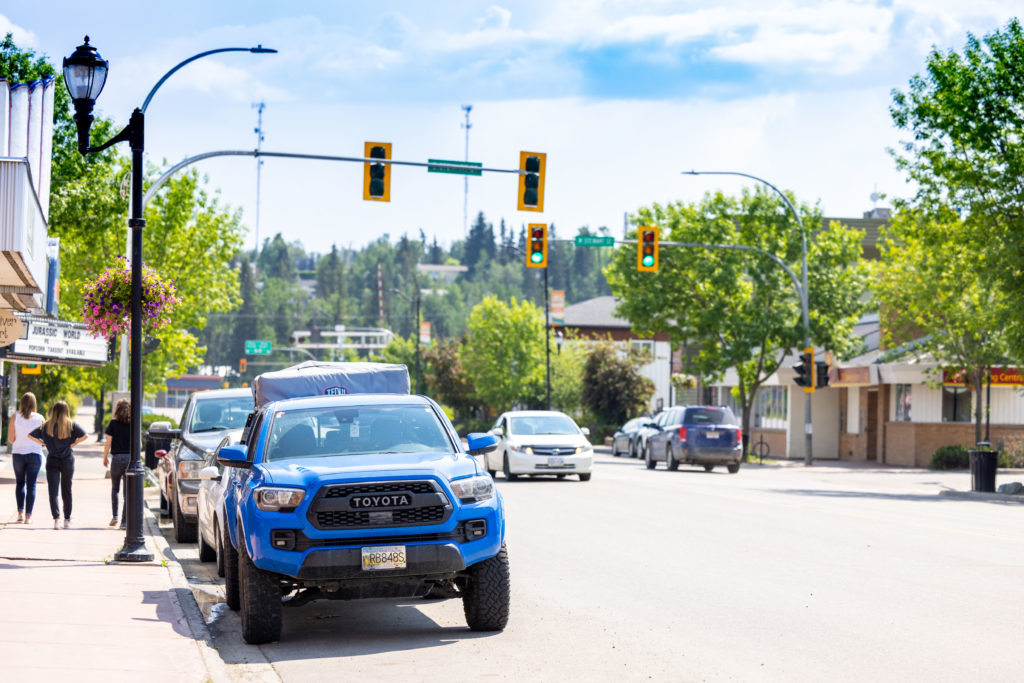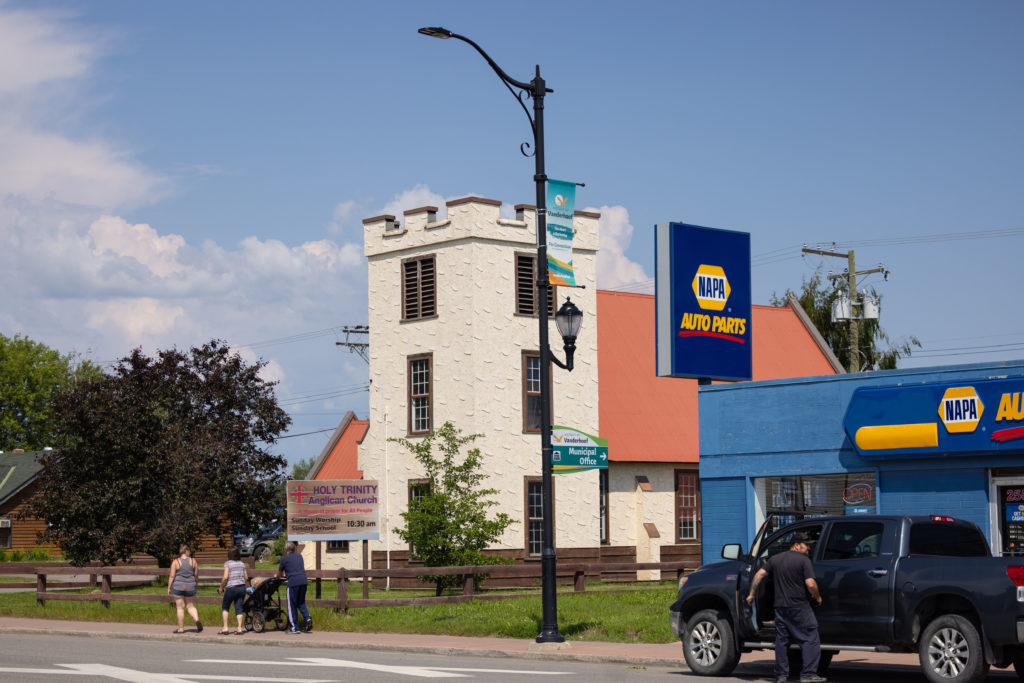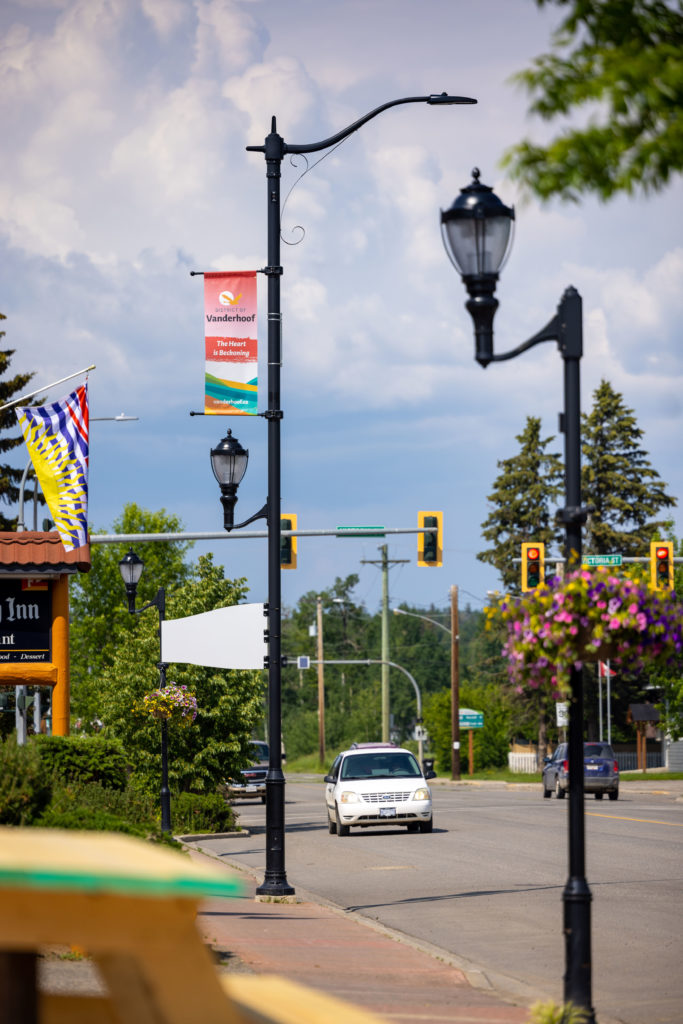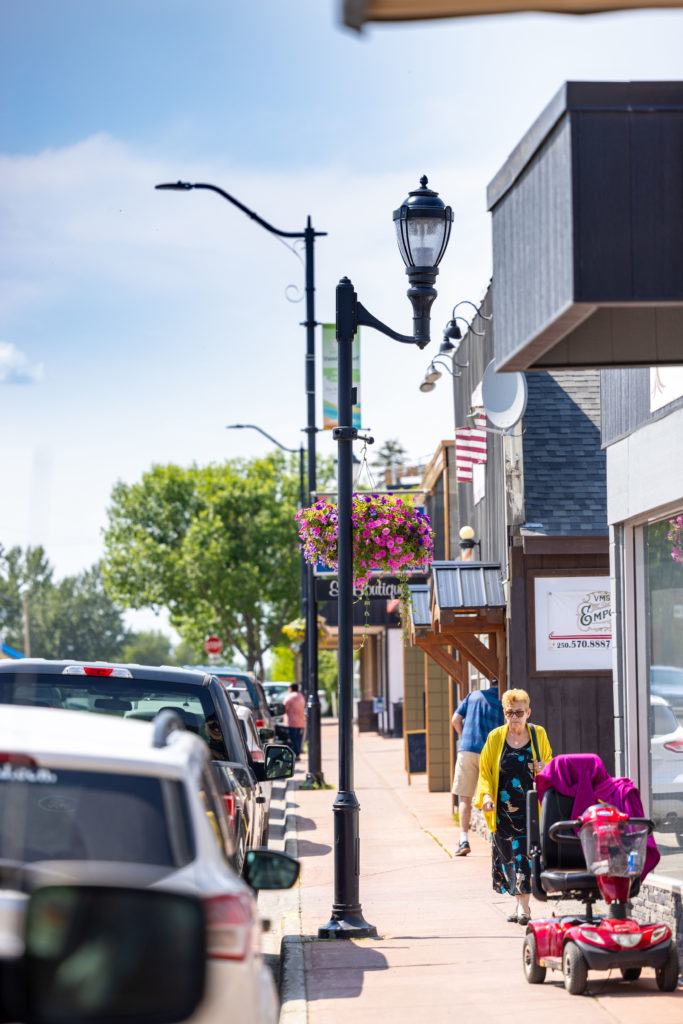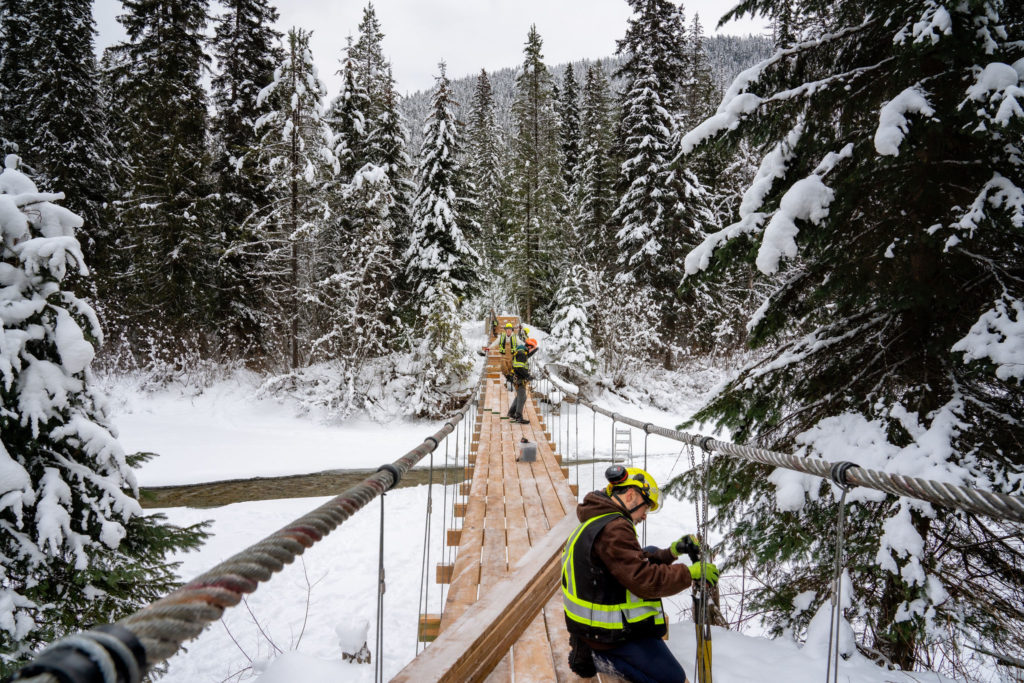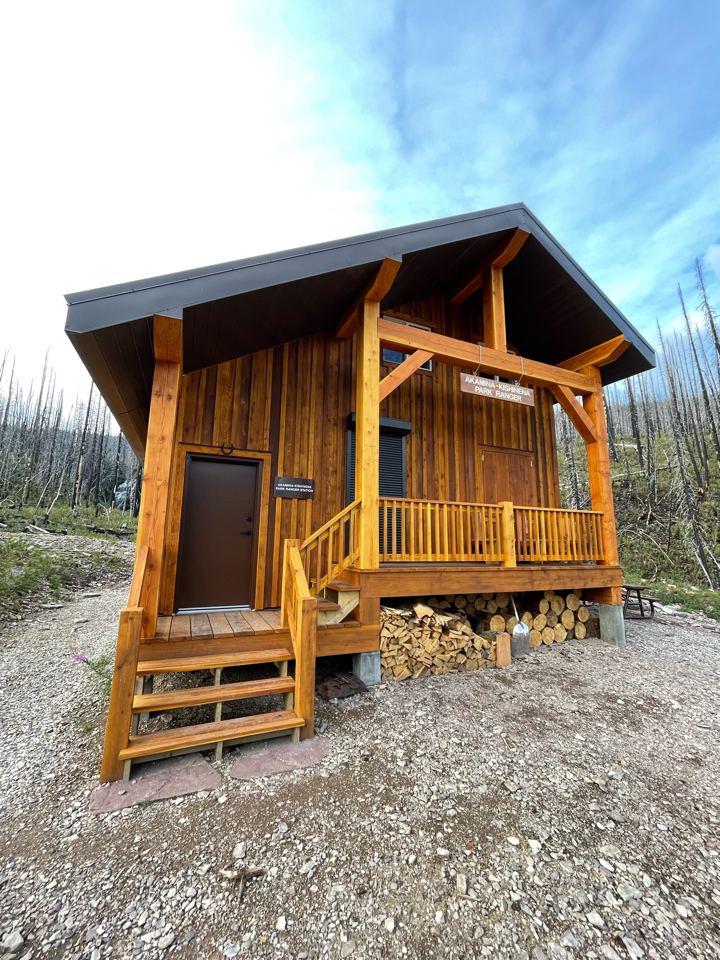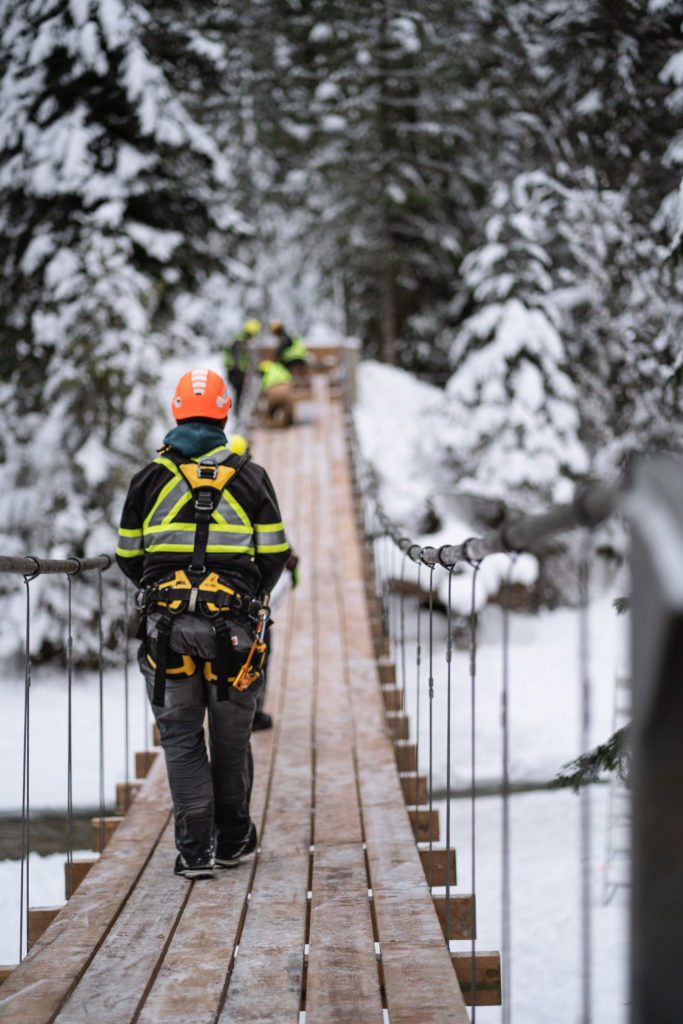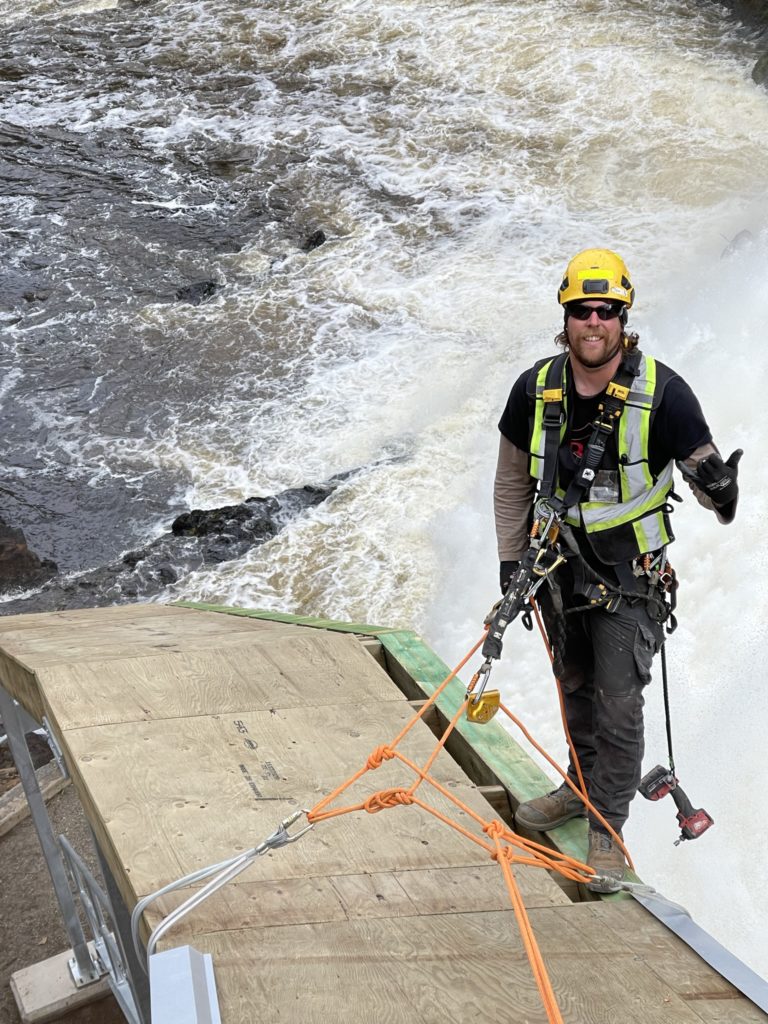Northern Development has approved $185 million in grant funding for organizations in its service region since its inception in 2005. This amount is significant because it is the same dollar amount that the Trust received when it was established through provincial legislation less than two decades ago.
Designed to exist in perpetuity, Northern Development sustainably invests the capital amount and sets annual grant allocation amounts to support valuable economic development work in Northern B.C.
“Northern Development’s investments into Northern B.C. have brought extensive benefits to the region,” said Margo Wagner, chair, Northern Development. “For every $1 of Northern Development’s funding, $4.91 has been leveraged from other sources. The Trust has built a strong reputation for supporting economic and community development projects that benefit rural communities now and into the future.”
Approximately 25 per cent of all Northern Development’s approved projects are in communities of less than 5,000 people. Being able to access external funding helps communities build quality amenities without financially burdening residents. These projects help attract and retain people, increase community resiliency and stimulate entrepreneurial activity.
“Investing in northern communities is crucial to building a strong, sustainable and diversified economy that works for everyone,” said Brenda Bailey, Minister of Jobs, Economic Development and Innovation. “Our government is very appreciative of the work Northern Development’s team has done in their region to support people and communities and we look forward to continuing our relationship so we can bring even positive benefits to Northern B.C.”
Through the Grant Writing Support program, which provides annual funding to support a grant writing position, $2 million has been invested into Indigenous governments. This funding pays a maximum of $8,000 a year to help cover the costs of a grant writer’s wages. Grant writers support their communities by preparing funding applications to agencies, foundations and government programs in order to access more funding for projects in their community.
Beyond capacity building funding programs, Northern Development also supports community development and business development through a total of 16 funding programs. All applicants must be based in the Trust’s service region and include local governments, Indigenous governments, registered non-profits and small and medium sized businesses.
Below are descriptions of some projects that have made a significant impact in Northern B.C. communities:
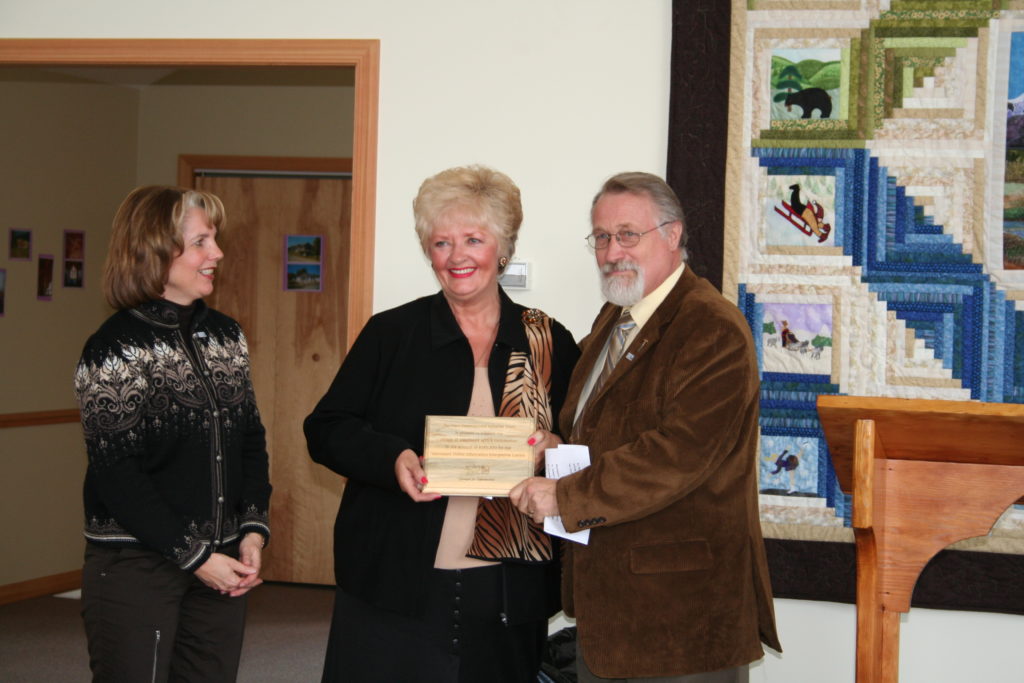
Photo: Northern Development
Project: Visitor Information/Interpretive Centre – Village of Valemount
Grant: $345,300 grant for $1,118,045 project
Description: Approved on October 25, 2005, this is the first project ever approved for funding by the Trust. The project resulted in the construction of a 3,600-square foot, two story Visitor Information Centre with new municipal offices on the ground floor. At the grand opening in 2007, chair Bruce Sutherland said, “From the interpretive centre facilities to the showcasing of the natural history of the area, it provides a great welcome to the beautiful mountain backdrop of Valemount. And who wouldn’t want to spend some extra time taking in everything this area has to offer?”
Impact: Since the grand opening of the new visitor centre and municipal offices, tourism in Valemount has developed into a crucial industry for the local economy, thanks in large part to the Valemount Bike Park, which has received nine grants totaling $256,072 from Northern Development since 2014.
“This month will mark 16 years since the Valemount Visitor Centre officially opened to the public and it has proven to be a facility that is vital to the fabric of our community,” said Valemount Mayor Owen Torgerson. “The Village of Valemount is incredibly honoured to have been the first applicant to be approved for funding by the Trust back in 2005. That early investment allowed us to build a strong foundation for the tourism industry, which has grown significantly in the past decade. Having a welcoming, informative and purpose-built space for our Visitor Centre attracts travelers, allowing staff to help them make the most of their time in the community, leading to a positive visitor experience and spending at local businesses.”
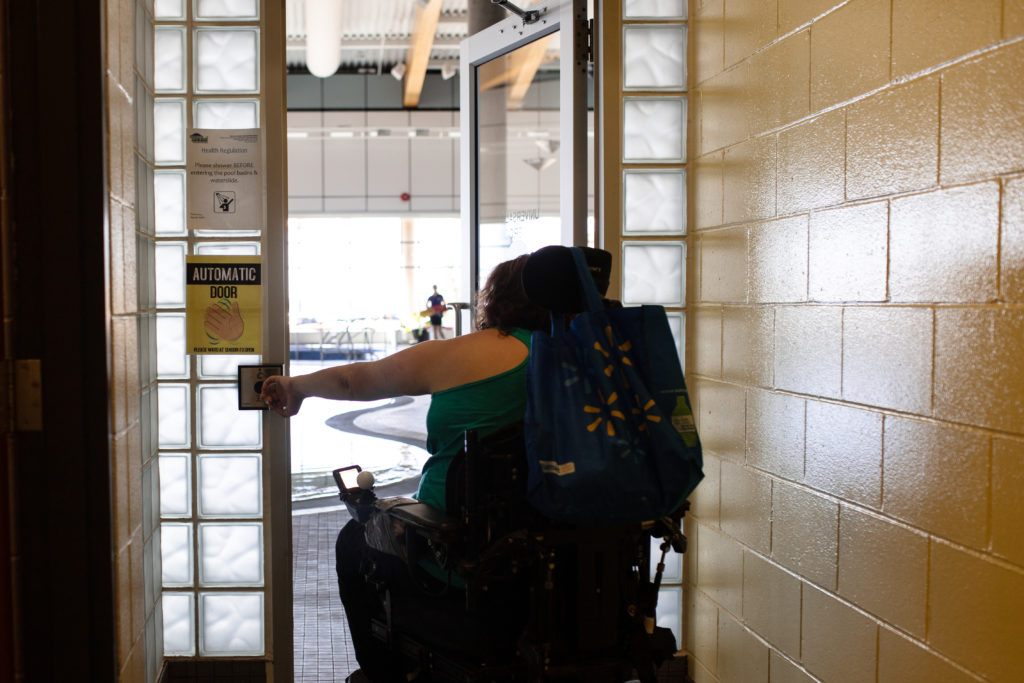
Photo: Northern Development
Project: Regional Recreation Centre Accessibility Upgrades – Northern Rockies Regional Municipality
Grant: $42,859 grant for $61,226 project
Description: Completed in 2020 while the centre was closed due to the COVID-19 pandemic, Northern Rockies Regional Municipality (NRRM) completed numerous accessibility upgrades to the Northern Rockies Regional Recreation Centre. These upgrades included the installation of two wall-mounted lifts, seven automatic door openers and the purchase of a low-profile wheelchair designed to maneuver the deck surfaces and changeroom,
Impact: The Recreation Centre is now completely accessible to all community members, aligning with NRRM’s goals of being a friendly, welcoming and inclusive community. The upgrades gave someone back their physical independence after being in an accident four years earlier.
Sarah Tofte, aquatic manager, NRRM, recounts talking with the patron after her first experience in the upgraded pool: “She was almost speechless. As she worked through getting ready to swim, using the new lift allowed her to move from her chair to the sling, change, and lower herself onto the new pool wheelchair and enter the water all on her own. Furthermore, she was able to complete the entire process again, independently, when she left the swim.
“By now, we all had tears in our eyes as she told us that the accessibility of these lifts has given her a new freedom. Since her accident four years ago, she had not been able to do much of anything for herself, by herself, except for today. Now, she can come to the pool and bring her kids swimming, on her own, without any help. Today she got her first sense of independence since the accident.”
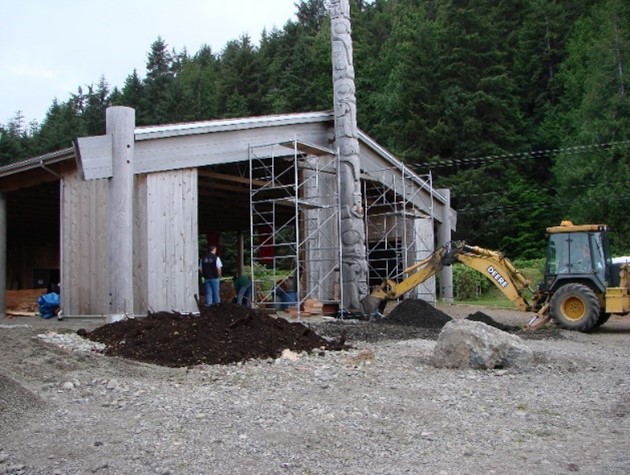
Photo: Northern Development
Project: Haida Heritage Centre
Grant: $1.5 million grant for $13.8 million project
Description: This project, approved in 2008, saw the development of five new exhibits at the Haida Heritage Centre, including the Trading House, Performing House, Canoe House, In the Beginning Exhibit and Oral History & Science Exhibit. These new exhibits significantly enhanced the Haida Heritage Centre by showcasing Haida heritage and culture through interactive information.
Impact: The Haida Heritage Centre helped Haida Gwaii diversify its economic structure by creating a cultural tourism industry. The project created approximately 50 new jobs on Haida Gwaii. Marketed internationally, the facility attracts visitors from around the world and encourages them to spend more time on Haida Gwaii, positively contributing to the local economy.
“What Kaay means for me is seeing the young people that are coming into this place and learning about their culture and are sharing it with the world,” said Nathalie Macfarlane, director of HG Museum Society, in 2009 at the Centre’s one year celebration.
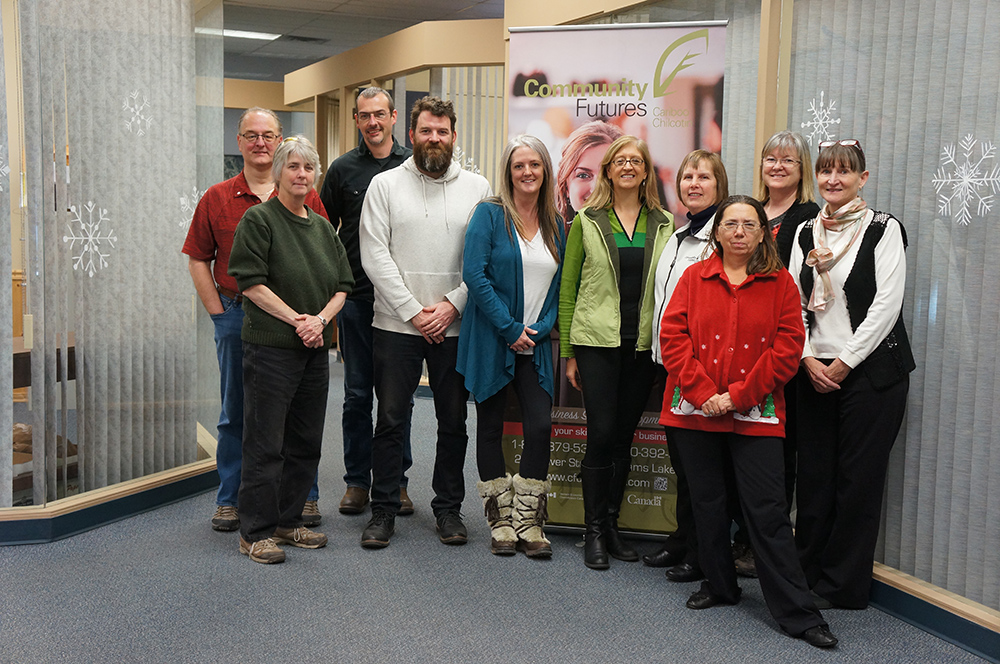
Photo: Community Futures
Project: Wildfire Recovery Business Support
Grant: $200,000 grant for $552,860 project
Description: After the devastating 2017 wildfire season, Northern Development partnered with Community Futures Development Corporation (CFDC Cariboo Chilcotin, CFDC North Cariboo and CFDC Sun Country) and the Cariboo-Chilcotin Beetle Action Coalition to support affected businesses and non-profit organizations in the Cariboo-Chilcotin/Lillooet area. The combined funding allowed for an Emergency Response Coordinator and seven business ambassadors to work from CFDC offices in Quesnel, Williams Lake and Ashcroft. These people worked to inform and connect impacted organizations with supports that were available to them.
Impact: Combined, the ambassadors directly assisted 3,250 small and medium- sized enterprises throughout the region in accessing the supports that were made available to them by other organizations. Business workshops were also held, welcoming a combined total of 1,384 attendees.
“The Business Ambassador Program provided the Ambassadors with a unique opportunity to network with not only our clients in the area but also service groups that support the community,” said Quesnel Business Ambassadors Laurie Rice and Simon Turner in their final report. “They had a great deal of success with the Red Cross Phase II program where a lot of dollars have come back to those who need it in the community.”
